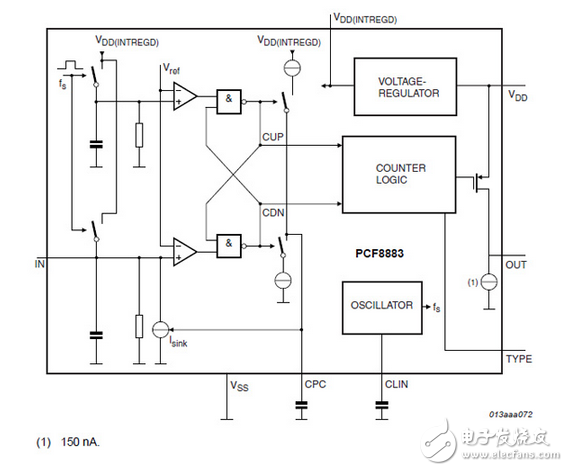
资料下载

改善接近和触摸接口:电容传感器自动校准
改善接近和触摸接口:电容传感器自动校准
使用电容传感器接近或触摸控制的人类界面正在改变我们与电子交互的方式。传感器不需要对传感器区域进行实际的按压,当用户戴手套时,它们就工作。一种新的专利方法,包括自动校准,增加了在困难环境中的可靠性。本文着眼于这些先进传感器的设计考虑,并讨论如何优化性能和减少功耗。
智能手机和平板电脑使用触摸屏作为人机界面的证据表明,人们更喜欢简单的广泛普及,更直观的方式来控制他们的电子产品。电容式传感器使人们可以通过接近或触摸来控制人机界面,这使得用户对新的场所充满了亲切感。
与基于电阻的传感技术相比,它能通过手指的触摸来抵抗电阻的变化,电容式传感有几个优点。电容传感技术,不需要实际接触,这意味着不需要按传感区域。这就产生了近距离传感,它支持远距离控制,并让系统对接近的物体做出反应。电容式感应还与其他的东西比皮肤接触(如戴手套的手或机械指针),并可以被配置为响应事件产生的电容一个预定义的变化。

One popular way to use capacitive sensors is to replace mechanical switches. There are fewer parts involved, which saves cost and increases reliability, and the novelty of proximity/touch interfaces can make the end product more desirable. For example, the proximity feature can be used in cell phones and anti-tampering devices, to detect when the equipment is close to an object or not. Touch-free operation is also useful in environments that use hazardous or explosive materials, since no contact is required, and in medical applications, because the user can still control the system while wearing surgical gloves, and thus maintain a sanitary environment. Proximity sensing also benefits hermetically sealed applications, since the sensor works with dielectric material sandwiched between two electrodes.
声明:本文内容及配图由入驻作者撰写或者入驻合作网站授权转载。文章观点仅代表作者本人,不代表电子发烧友网立场。文章及其配图仅供工程师学习之用,如有内容侵权或者其他违规问题,请联系本站处理。 举报投诉
- 相关下载
- 相关文章






